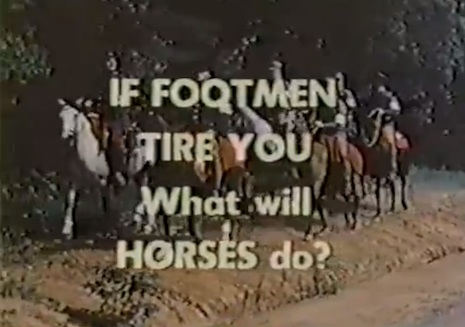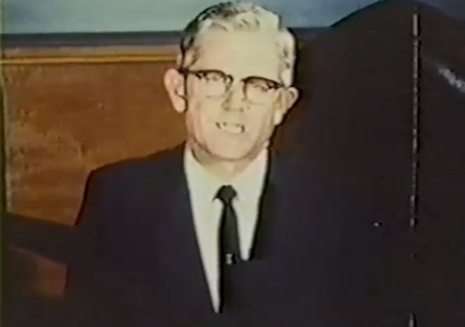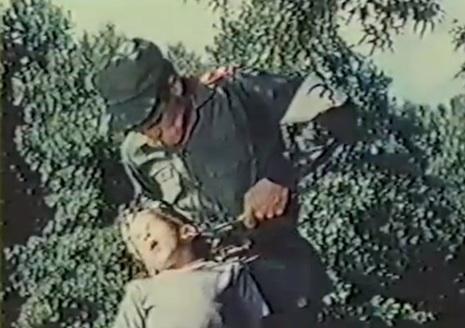
Philip Seymour Hoffman with longtime collaborator Stephen Adly Guirgis
What can one say about something like this? It’s a waste. But let us not judge Philip Seymour Hoffman, let us praise him. We’ll have his many, many startling movie performances forever, and that’s how he will be most remembered. It was in the movies that Hoffman made his most profound mark, because that was the way he reached the most people, that’s how he became famous.
For me, Hoffman was almost as much a figure of the theater as of the screen. I spent a big chunk of my twenties and thirties (roughly 1996 to 2010) attending a whole lot of plays in New York City, and I can say without a shred of exaggeration that Hoffman was a key contributor to several of my most memorable moments as a theatergoer, including THE most memorable and vital and enjoyable night of theater I’ve ever experienced—bar none.
In addition to his movie work, Hoffman was a member of the LAByrinth Theater Company starting in 1995; the company had been founded by a group of actors three years earlier. Over time, partly due to Hoffman’s increasing fame and partly due to his own extensive involvement in the company, Hoffman became arguably its most important member. At LAByrinth, Hoffman forged a kind of partnership with a terrifically talented playwright named Stephen Adly Guirgis—in my estimation he is the best American playwright working today—and Hoffman directed four of his most important plays (Guirgis has written only nine plays)—Jesus Hopped the ‘A’ Train, Our Lady of 121st Street, The Little Flower of East Orange, and The Last Days of Judas Iscariot.
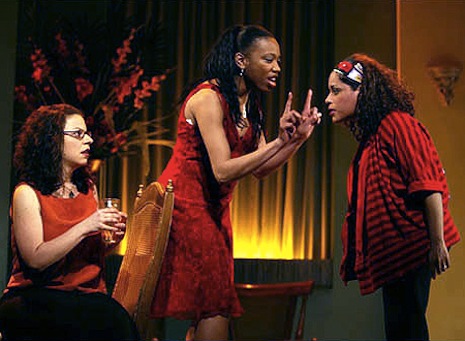
Our Lady of 121st Street
The working relationship between Hoffman and Guirgis is well on the way to becoming a key part of Off-Broadway legend. Guirgis is an extremely gifted talent but also a wildly undisciplined one. One of the best things about him is that he doesn’t write tidy, well-constructed plays; his plays are sprawling comic/tragic masterpieces in which you rarely know what the hell is going to happen next. (His only Broadway play so far, The Motherfucker with the Hat, had a much more conventional structure.) The word undisciplined is a pale imitation of the truth—apparently for most of Guirgis’ best plays, Hoffman had to wheedle, cajole, browbeat the damn thing into existence.
Gillian Jacobs, before she was on Community, had a part in The Little Flower of East Orange, the last play Hoffman ever directed, I believe—and she reported her experience (go to the 40th minute) of working on that Guirgis/Hoffman production:
The funny thing about Stephen Guirgis is that he’ll write like the first half of a play, and he’ll have that for about two years, and then he won’t write the second half of the play until about a week before the audience comes. … Turned out I didn’t have any lines in the second half of the play, so it was fine, but Ellen Burstyn had to learn a 20-minute monologue in like a week. … It’s the way he works, they literally like go to his apartment—it’s mythology at this point in the theater company of like, Phil or somebody banging on his door, to like “We need the second act!!” … I’d say like a week before the audience we got the second half of the play. I didn’t have any lines, so I was fine! But Ellen Burstyn had to learn this enormous monologue. It was crazy.
I saw Hoffman with his Boogie Nights co-star John C. Reilly in Sam Shepard’s True West at the Roundabout Theater in 2000. As great as that was, even better was my first experience with Guirgis, which was in 2003 for Our Lady of 121st Street at the Union Square Theater. It remains the most exciting, wonderful evening of theater I have ever experienced and certainly the best new work I have ever seen; after the show Hoffman and Guirgis and a few cast members took the stage for a stimulating Q&A.
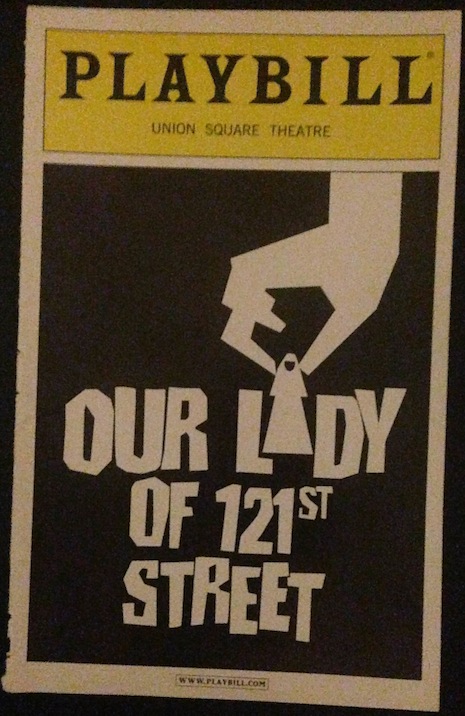
It’s difficult to do justice to Our Lady, especially after more than ten years have passed. The play is quintessentially New York—but not in that boring “quintessentially New York” way. It’s a raucous, profane, hilarious, profound play that doesn’t necessarily hang together so much as plot but delivers nearly a dozen vivid characters in a seemingly endless series of phenomenally kinetic, evocative, moving scenes that run quite the emotional gamut. It’s one of the few plays I went back to see a second time. It was truly a special play and a special production—and Hoffman directed it.
A week or two after I saw Our Lady, eager in that way one gets to establish that I wasn’t crazy and that I had indeed seen something extraordinary, I encountered the following review by John Heilpern in The New York Observer:

I don’t cut reviews out of newspapers, but I made sure to keep that one.
After seeing Our Lady, I made a vow never to miss a Guirgis play if I could possibly avoid it. In the years since I have seen The Little Flower of East Orange, The Last Days of Judas Iscariot, and The Motherfucker with the Hat. Those plays are quite different—Guirgis is never afraid to try something new—but all of them have top-notch dialogue, vivid characterizations, strong themes, avowedly “adult” subject matter, and a tendency to blend the comic and the tragic in an unfussy, organic, intuitive fashion that reminds me most of all of Shakespeare himself. He has his problems—as befits someone who delivers his drafts at the last minute, they’re a little shaggy; some of them might benefit from some edits. It’s safe to say that all of his characters (somewhat like those of Neil Simon) tend to talk the same way, like your hilarious, salty uncle who works at the docks. But these are scarcely complaints: Guirgis’ work is brimming with humanity in all of its aspects, always surprising and always deeply familiar and deeply dramatic. And from what I understand, we have Philip Seymour Hoffman to thank for helping tame his abilities and bring him much wider exposure than he ever would have received otherwise.
Here you can see some snippets of The Little Flower of East Orange, written by Guirgis and directed by Hoffman:
On February 2, 2012 (nobody could have known it then, but it was two years to the day before Hoffman’s death), I was lucky enough to catch Hoffman, Linda Emond, Andrew Garfield, and director Mike Nichols at the cozy Greene Space in New York for a conversation about Death of a Salesman:
Posted by Martin Schneider
|
02.03.2014
09:47 am
|








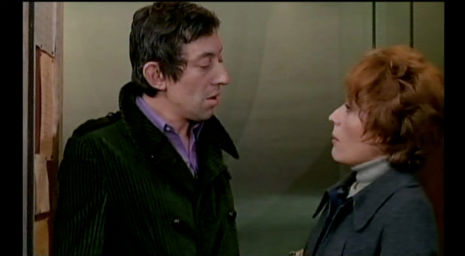
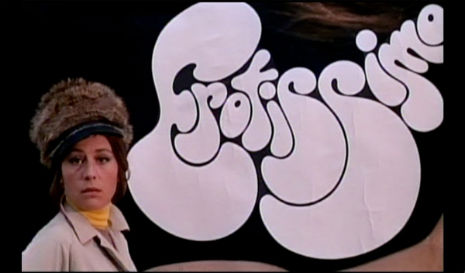
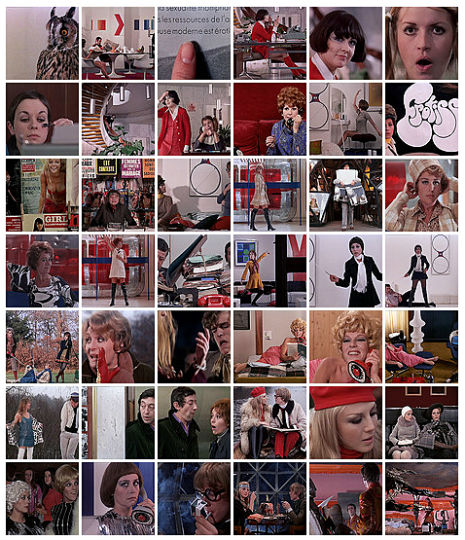
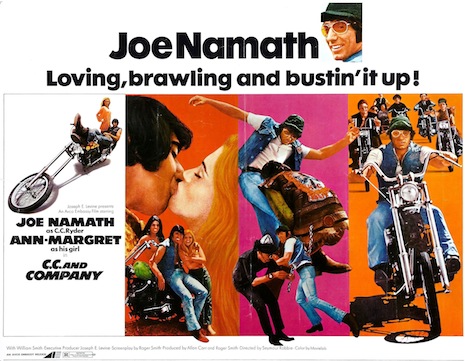
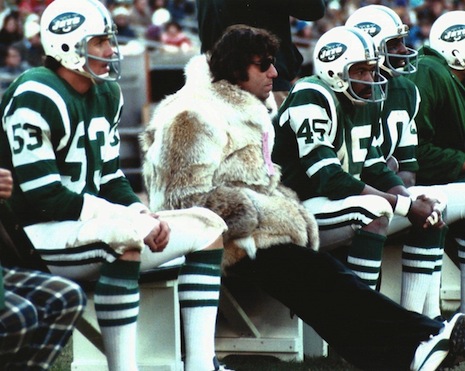



1.jpg)
.jpg)
.jpg)
.jpg)
.jpg)
.jpg)
.jpg)
.jpg)
.jpg)







